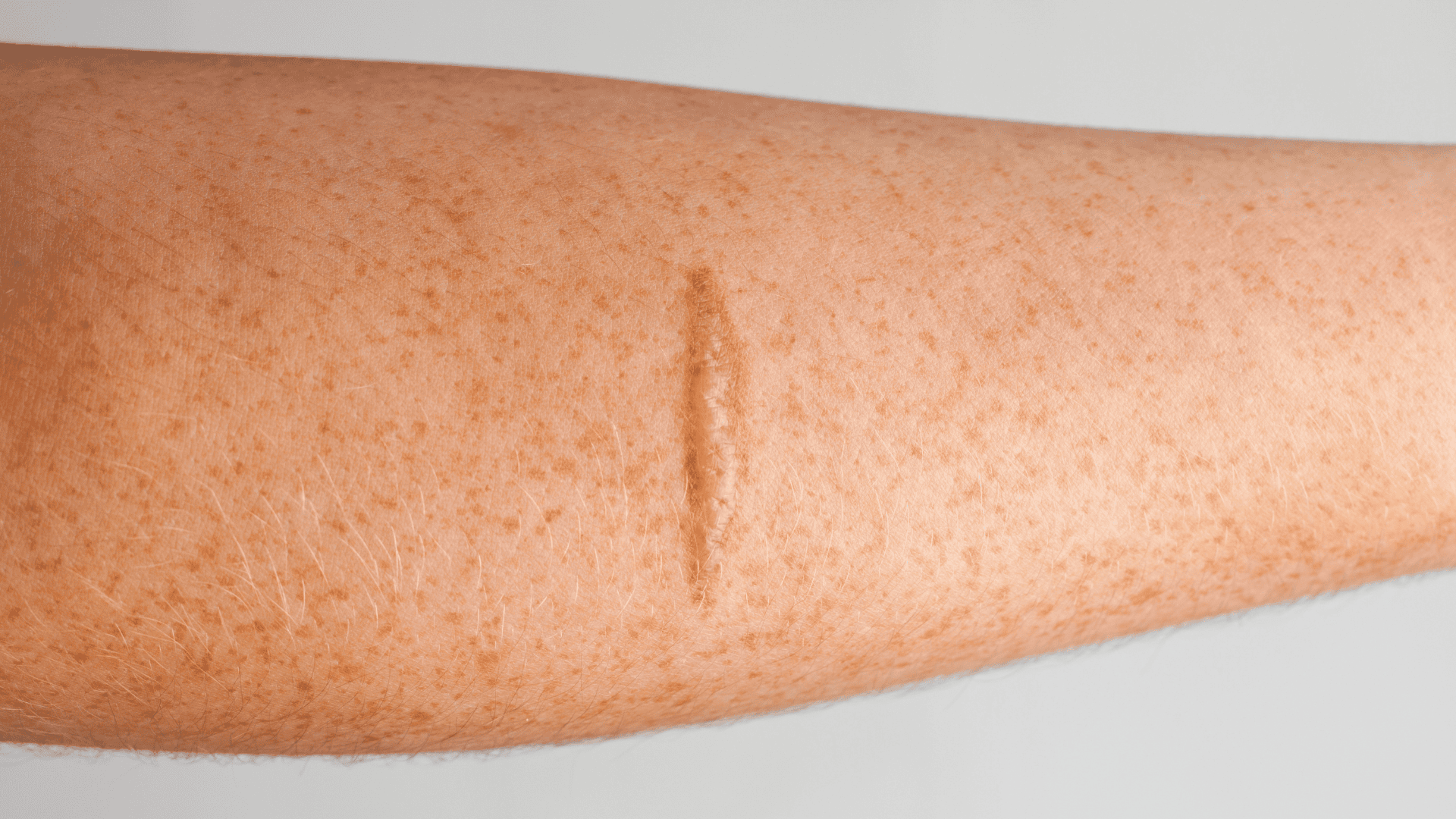
Benefits of scar removal surgery
- Understanding scar removal surgery
- Benefits of scar removal surgery
- What are the different techniques for scar removal?
- How long does recovery take after a scar removal procedure?
- Is scar removal surgery painful?
- Are the results of scar removal permanent?
- Can scar removal surgery be done on any type of scar?
- The scar removal surgery process
- Conclusion
Scars, though a natural part of the body's healing process, can sometimes be a source of self-consciousness and insecurity for individuals. Scar removal surgery, also known as scar revision or scar correction surgery, offers a ray of hope for those seeking to minimize the appearance of scars and restore smooth, unblemished skin. In this extensive SEO blog, we'll delve into the nuances of scar removal surgery, exploring its benefits, procedure details, recovery insights, and more.
Understanding scar removal surgery
Scar removal surgery encompasses a range of procedures aimed at improving the appearance of scars, whether they result from injury, surgery, or skin conditions. These procedures may involve techniques such as surgical excision, laser therapy, dermabrasion, or tissue grafting, depending on the type, size, and location of the scar. Scar removal surgery aims to minimize scar visibility, improve skin texture and tone, and restore confidence in individuals affected by scars.
Benefits of scar removal surgery
Scar removal surgery offers a multitude of benefits for individuals seeking to address visible scars and reclaim smooth, unmarked skin. Here are some key advantages:
- Improved aesthetic appearance: Scar removal surgery can significantly reduce the visibility of scars, restoring a more natural and aesthetically pleasing appearance to the skin.
- Enhanced self-confidence: By minimizing the appearance of scars, scar removal surgery can boost self-esteem and confidence, allowing individuals to feel more comfortable and secure in their skin.
- Increased range of motion: In cases where scars restrict movement or cause discomfort, scar removal surgery can improve flexibility and mobility, enhancing overall quality of life.
- Restored functionality: For scars that interfere with normal bodily functions, such as those affecting facial expressions or joint movement, scar removal surgery can help restore optimal functionality.
- Customized solutions: Scar removal surgery is highly customizable, with various techniques and approaches available to address different types of scars and individual patient needs.
What are the different techniques for scar removal?
There are several techniques for scar removal, including surgical excision, laser therapy, dermabrasion, and tissue grafting. The choice of technique depends on the size, type, and location of the scar, as well as the patient’s needs and expectations. A qualified surgeon or dermatologist will determine the best approach based on the individual’s situation.
How long does recovery take after a scar removal procedure?
Recovery time varies depending on the technique and the size of the scar being treated. Generally, patients may experience swelling, bruising, and discomfort for a few days to weeks. Full recovery can take several months as the scar heals and final results become visible. It's important to follow all post-operative instructions for optimal results.
Is scar removal surgery painful?
Most scar removal procedures are performed under local anesthesia with sedation or general anesthesia, making the procedure itself painless. After the procedure, some discomfort, swelling, and bruising may occur, but this can be managed with pain medication and post-operative care.
Are the results of scar removal permanent?
Yes, scar removal surgery can provide long-lasting results. However, it is important to note that while scars may become less visible or softer, they may not disappear completely. The final outcome depends on factors like the technique used, the scar’s characteristics, and individual healing. Most patients experience a significant improvement in the appearance of the scar, but it's crucial to manage expectations.
Can scar removal surgery be done on any type of scar?
Scar removal surgery can be performed on many types of scars, including those caused by injury, surgery, acne, or skin conditions. However, certain scars, like keloid scars or hypertrophic scars, may require specialized techniques to ensure the best results. It's important to consult with a skilled professional to determine whether scar removal surgery is appropriate for your type of scar.
The scar removal surgery process
The scar removal surgery process typically involves the following steps:
- Consultation: During an initial consultation, patients meet with a board-certified plastic surgeon or dermatologist to discuss their concerns, goals, and medical history. The surgeon evaluates the scar(s) and recommends a personalized treatment plan tailored to the patient's unique needs.
- Pre-operative preparation: Prior to the surgery, patients receive instructions on pre-operative preparations, including medication protocols, lifestyle adjustments, and skincare regimens. Pre-operative photographs may also be taken for documentation and treatment planning purposes.
- Procedure: Scar removal surgery may be performed under local anesthesia with sedation or general anesthesia, depending on the nature and extent of the procedure. The surgeon employs specialized techniques, such as surgical excision, laser therapy, or dermabrasion, to modify the scar tissue and improve its appearance. In some cases, tissue grafting or flap surgery may be utilized to reconstruct areas of significant scarring.
- Recovery and healing: After the surgery, patients may experience temporary swelling, bruising, and discomfort in the treated area, which typically subside over time. Patients are advised to follow post-operative care instructions provided by their surgeon to facilitate healing and optimize results. This may include wound care, activity restrictions, and skincare recommendations.
- Follow-up care: Regular follow-up appointments are scheduled to monitor the healing progress, assess scar maturation, and address any concerns or questions the patient may have. Patients are encouraged to attend all follow-up visits and adhere to their surgeon's recommendations for a successful outcome.
Conclusion
Scar removal surgery offers a transformative solution for individuals seeking to minimize the appearance of scars and regain confidence in their skin. With its customizable approach, advanced techniques, and lasting results, scar removal surgery empowers patients to embrace their natural beauty and feel more comfortable in their skin. If you're considering scar removal surgery as a means of addressing visible scars and reclaiming smooth, unmarked skin, consult with a qualified plastic surgeon or dermatologist to explore your options and embark on a journey towards renewed confidence and self-assurance. Say goodbye to scars and hello to a brighter, more confident you with scar removal surgery—a transformative intervention that can make a world of difference in your life.


